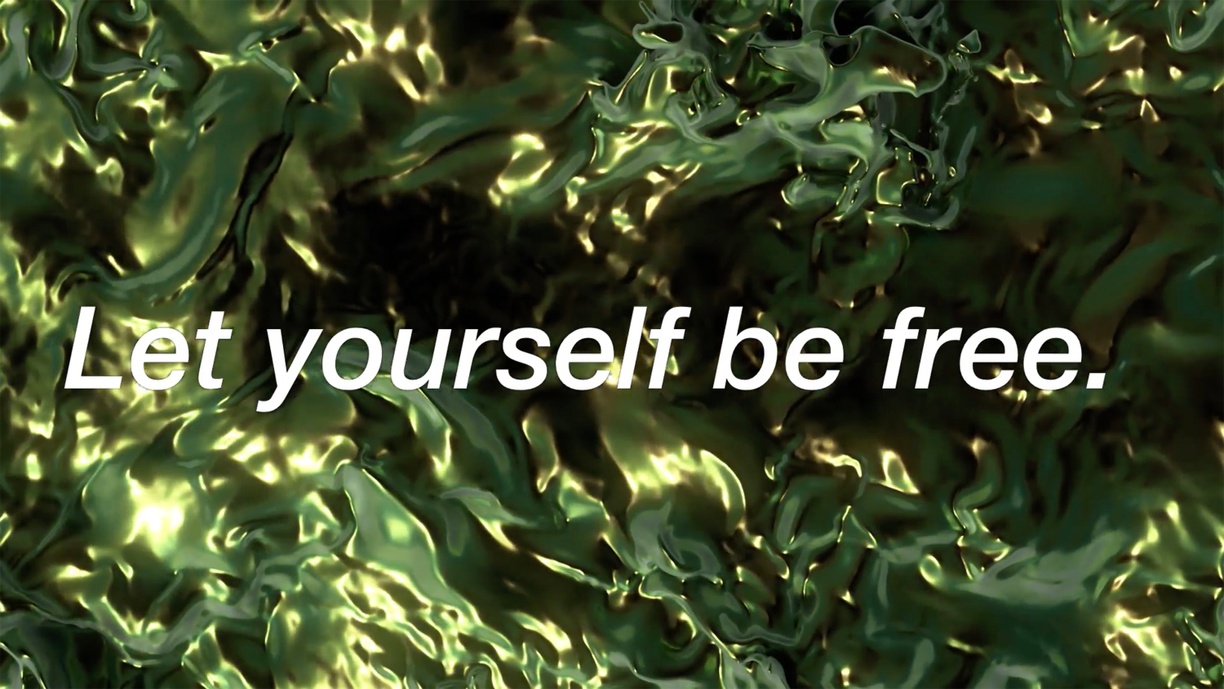
On February 15 at 5PM, artist Tony Cokes and curator John Hanhardt will come together for a conversation discussing Cokes’ career through the lens of their long relationship, which is documented in the exhibition through archival material from the John G. Hanhardt Archives at CCS Bard. The conversation will be moderated by Hannah Mandel. Free Webinar link here.
Two Works and an Archive presents two moving-image works by Tony Cokes (b. 1956), from the Marieluise Hessel Collection. Black Celebration (A Rebellion Against the Commodity) (1988), and The Queen is Dead … Fragment 1 (2019) are displayed alongside archival material from the John G. Hanhardt Archives at the Center for Curatorial Studies,Bard College and the institutional archives of the Hessel Museum of Art. The archival material serves to supplement the two video works.
Produced three decades apart, Black Celebration (A Rebellion Against the Commodity) and The Queen is Dead … Fragment 1 demonstrate Cokes’ continuing adherence to a unique visual and aural language. At once essayistic and minimal, the works utilize visually stark text set to popular music, coming together as presentations that challenge the established hierarchies of text, image and audio. On the topic of sound in his films, Cokes notes his interest in “the possibility of using the sonic register as a form of re-and-de-contextualization of the visual and textual elements.” In his artmaking practice, Cokes is at once a director, DJ, writer, editor, and educator.
In Black Celebration (A Rebellion Against Commodity), Cokes uses newsreel footage and appropriated text to examine the uprisings of the 1960s in Black communities in Watts, Los Angeles, Newark, Detroit, and Boston. Writing on Black Celebration, Cokes notes, “The intent of the piece is to introduce a reading that will contradict received ideas which characterize these riots as criminal or irrational.” This reading is put forth through the use of appropriated text on Blackness in relation to labor and capital, pulled from a pastiche of source material, including Depeche Mode, Morrissey, Guy Debord, Barbara Kruger, and Martin Gore, and set to music from the band Skinny Puppy.
The changing aesthetic of Cokes’ video works is apparent in The Queen is Dead… Fragment 1. Foregoing the use of representational image in favor of white text on a background of undulating emerald green abstract forms, The Queen is Dead is an homage to, and eulogy of Aretha Franklin. Cokes sets this essay to Franklin’s music. The text pays tribute to Franklin’s simultaneous astronomical contributions to her craft and the struggle for Black liberation in the United States.
Both video works are contextualized by the inclusion of archival material from the archives of John G. Hanhardt, Curator of Film and Video, Whitney Museum of Art (1974-1996), Guggenheim Museum (1996-2006), and Smithsonian American Art Museum (2006-2015), whose archives are held at the Center for Curatorial Studies. Hanhardt and Cokes’ forty year relationship is documented through archival correspondence and ephemera. Also on display is the 12 inch vinyl record, what is left of what has left, produced for the Hessel Museum exhibition of the same name, curated by Bhavisha Panchia in 2016. The record includes audio from Cokes, as well as a textual contribution by the artist in the liner notes.
Tony Cokes: Two Works and an Archive is organized by Hannah Mandel and Tom Eccles.
On February 15 at 5PM, artist Tony Cokes and curator John Hanhardt will come together for a conversation discussing Cokes’ career through the lens of their long relationship, which is documented in the exhibition through archival material from the John G. Hanhardt Archives at CCS Bard. The conversation will be moderated by Hannah Mandel. Free Webinar link here.
